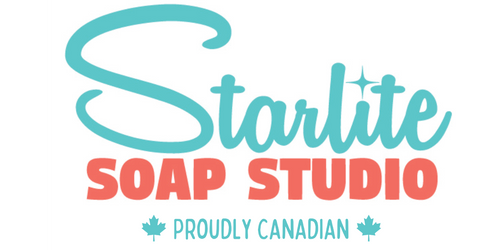Cold process soapmaking is a traditional and rewarding craft that allows artisans to create unique and personalized soaps. It's an inexpensive hobby, but recent inflationary pressures have pushed up the cost of soap oils.
In this blog post, we'll explore how you can create a well balanced cold process soap recipe using three low-cost vegetable-based oils that you'll find in your local supermarket, or your own kitchen.
To achieve a well-rounded batch of soap with a perfect balance of properties, we'll use a combination of coconut oil, olive oil, and canola oil.
Coconut Oil, 450 grams:
Coconut oil is a popular choice for soapmaking due to its high lauric acid content. This fatty acid provides excellent cleansing abilities and a luxurious bubbly lather. A 50% concentration of coconut oil in the recipe ensures the soap effectively removes dirt and oils from the skin.
Olive Oil, 300 grams:
Olive oil is rich in oleic acid, making it an ideal choice for adding conditioning and moisturizing properties to the soap. This concentration of olive oil ensures the soap leaves the skin feeling soft and nourished.
Canola Oil, 150 grams:
Canola oil contains a good balance of oleic and linoleic acids, contributing to the soap's conditioning and lathering properties. The inclusion of canola oil helps maintain the good balance of fatty acids in the oil blend.
A different blend of oils will result in a different, possibly inferior soap, so don't make any substitutions!
The Soapmaking Process: To saponify this combination of vegetable oils, we'll need to calculate the amount of sodium hydroxide required. For safety and to allow a small buffer, we'll use a 5% superfat, which means 5% of the oils will remain unsaponified to add extra moisturizing properties to the soap. Using a lye calculator, we find that 129 grams of sodium hydroxide is the correct amount.
Once the oils and sodium hydroxide have been accurately measured, it's time to combine them to initiate the saponification process. It is essential to follow proper safety precautions when handling sodium hydroxide. Wear protective gloves and goggles, and work in a well-ventilated area.
Follow the process you learned in Starlite Soap Studio's Beginner Soap Making Workshop, adding colour, scent and exfoliant if desired. For a low-cost colourant, raid your spice cabinet - you could use powdered parsley for a light green colour, turmeric for a yellow colour, or cocoa powder for a light brown. After cutting your soap block into bars, and allowing them to cure for at least three weeks you'll have twelve well-balanced soap bars that will have cost you little more than a dollar each!

